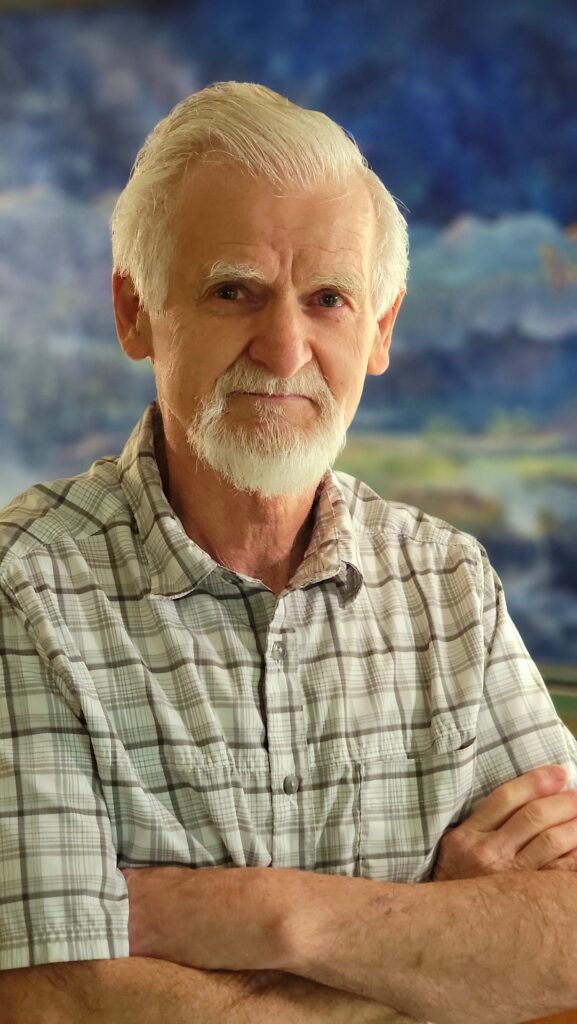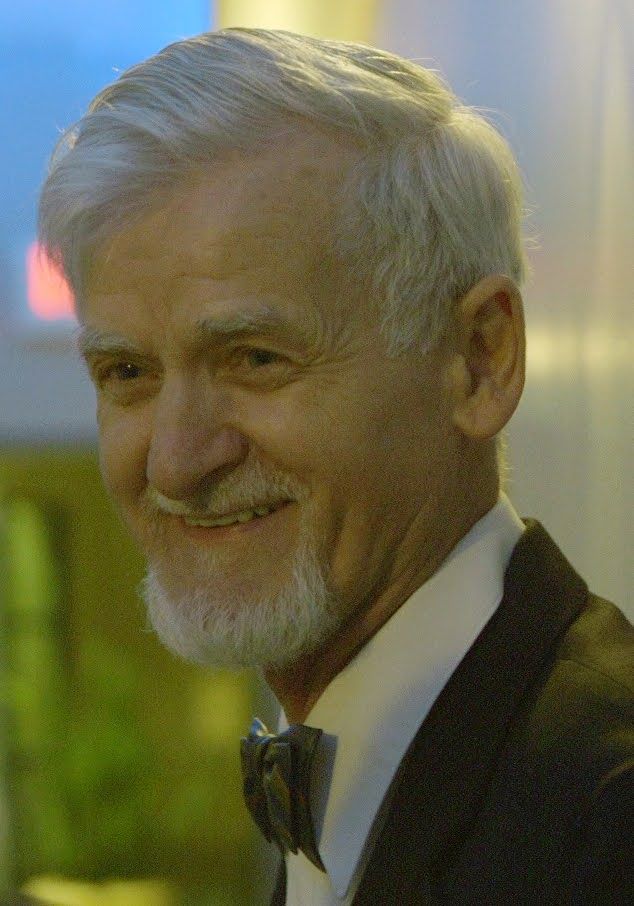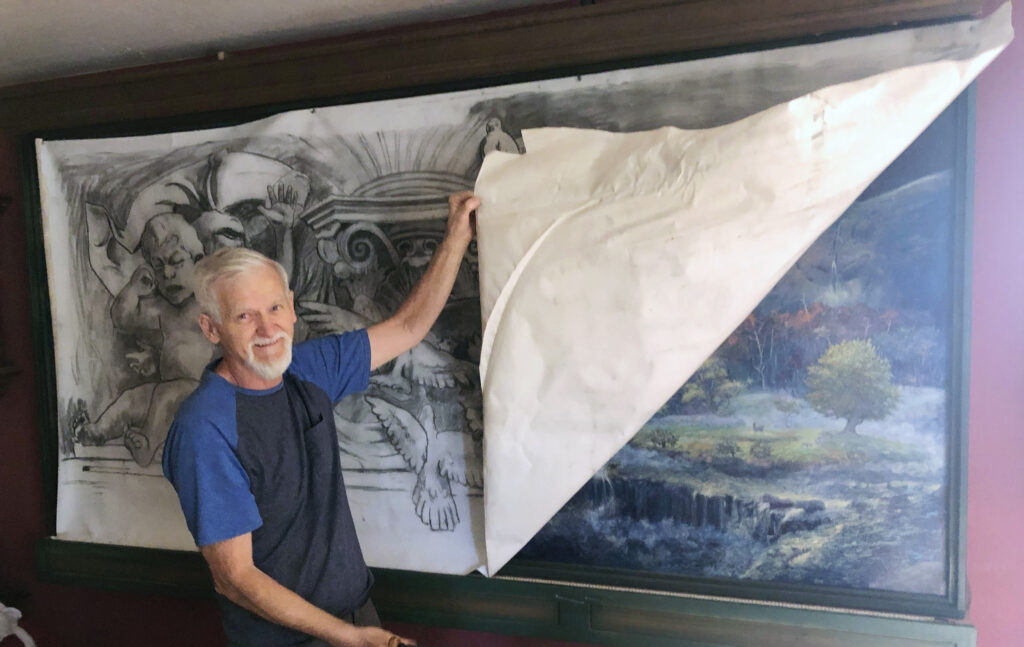Welcome, members of the media.
Here you will find recent news, quotes, an electronic press kit with sound bytes, and assets you may use for free, with attribution, in news stories and publications.
If you are producing a creative project (like a documentary, editorial piece, etc.) please contact Weecks Productions, LLC for licensing arrangements.

Electronic Press Kit

All images, audio, video, and other media on this website are owned and Copyrighted © John Weecks 2023.
If using any assets from the Electronic Press Kit (EPK):
TV and radio stations, journalistic outlets, and online news sources may use this footage in TV and radio news stories/special features/online or print articles/and blog posts for free, with attribution to John Weecks. If you are producing a creative piece or publishing a long-form project (like a documentary, commercial video, editorial piece, etc.) please contact Weecks Productions, LLC for licensing arrangements at (623) 850-3275.
Quotes from John by topic
Citation:
Weecks, J. (September 12, 2023). A Biographic Interview with John Weecks. Interview. Retrieved from JohnWeecks.com/newsroom.
In-text citation:
(Weecks, A Biographic Interview with John Weecks 2023)
Diverse body of work
“Over the course of 50-some-odd years, I’ve done a lot of different things, and used a lot of different mediums so I do appreciate it when people are able to look at my work and come away feeling like they’ve seen something that has value.”
“There is no one theme to my work. I don’t specialize in wildlife, portraits, or abstract subject-matter. It’s basically a hodgepodge of ideas and subject-matter.” “If I had to describe my collection of work in one word, it would be “eclectic’”.
Definition of art
“To me, original art will always be played out in a personal two-dimensional or three-dimensional form.”
Creating original, one-of-a-kind art
“The fact that I’m able to create something that’s unique to my sensibilities is to me what art and being an artist is all about.”
AI-generated art versus original art
“Way back in the1990s, Photoshop came into existence and artists were worried about what effects it would have on their sales. Nowadays it’s AI which scares us. They both have a place in the art market but I’m hoping it will never replace the artist doing completely new compositions from original ideas. AI creates art from bits and pieces of art already done, but that to me is not art, it’s just re-packaging.”
John’s creative process and motivation
“Finding a subject is half the joy of doing the work; coming up with an idea or coming up with the solutions to the problems of color or three-dimensional design.”
Background, education, and military service
“Choosing to become a commercial artist can be difficult and confusing because it is a very uncertain existence with no guarantees of success. I chose to take the chance and make it my life’s goal.” Weecks explains that he chose to pursue more challenging and complex subject matter in his paintings and wood carvings purely for the joy of it. Even at this stage of his career, he still gravitates toward difficult topics that intrigue him.
“During my 7-month tour of duty in the Antarctic, I had the time to pursue my interest in drawing, painting, and woodcarving. Isolation duty allowed me to take the time to fully realize what I really wanted to do in my life of art”. Weecks explains that attending the 4-year art program at the Paier College of Art in New Haven, Connecticut enabled him to concentrate on developing his illustration, design, and drawing skills which he later used in book illustrations, jewelry designs, and woodwork.
Large mural painting — 15 years in the making
“Large scale paintings are fun to work on but require a lot of storage space, so smaller works of art have become the norm for me.” Weecks goes on to provide more detail about this large mural painting that he has continued tweaking for over 15 years.
“Well, murals are something that I’d always thought that I wanted to do. I’ve done five, maybe six of them over the course of the last 50 years. This one [behind me] was one of those paintings that started off as something completely different. In the first iteration, I took an image from a building decoration in Vienna, Austria, but painted it over after two years of work and it has become what you now see; A fictional landscape bathed in the light of the Milky Way.
